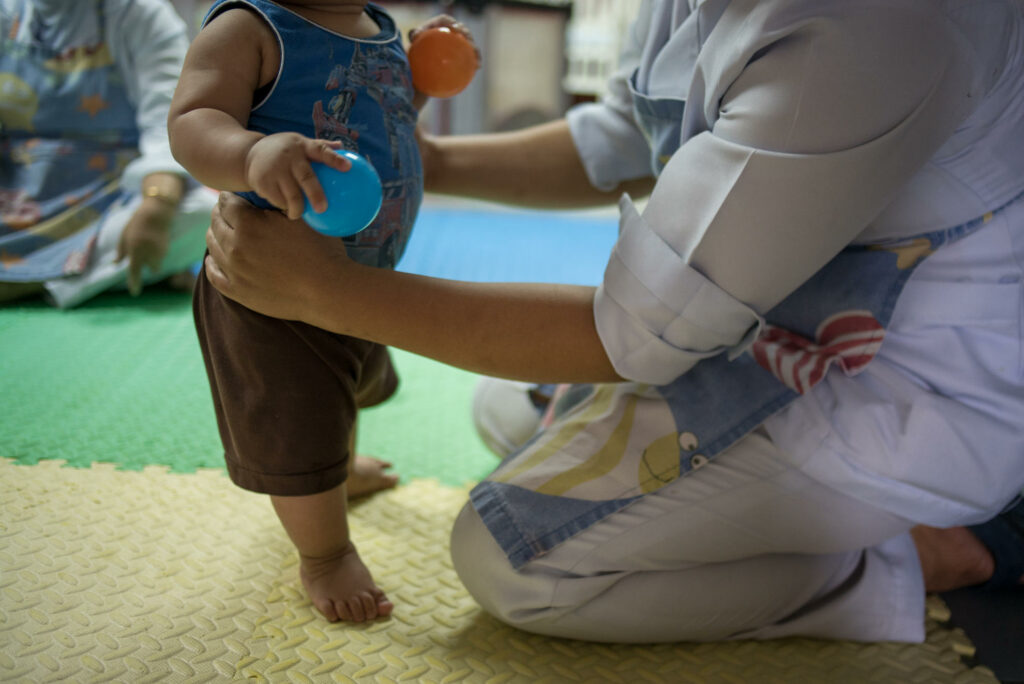The right response to the institutionalisation of children is to help families stay together by supporting them socially, economically and emotionally. In other words, transitioning to family and community-based care.
The government thinks the same. It announced the implementation of deinstitutionalisation (DI) in May 2015 and soon after enacted the Child (Amendment) Act 2016 to provide the platform for the transition. At our joint national conference on DI ‘A paradigm shift’ in November 2016, the government announced it would move from institutional care to a family-based care system.
DI allows children to leave institutions and be reintegrated into families. These families in turn receive assistance to bring up the children. Poverty is a major destabilising factor. By tackling root causes we make it more possible for children to stay with their families. Supporting orphanages works against the child in the long term. It undermines his or her right to grow up in a family environment.
The transition to family-based care involves:
Returning children to own parents
Return or keep children with their parents. Surprisingly more than 90% of children in Malaysian orphanages have at least one living parent. They are left at orphanages because parents can’t look after them because they are poor, too ill, unmarried, in prison, incapable of taking care of a disabled child or are a danger to the child.
OrphanCare believes poverty should never be the reason to separate a child from his or her parent. A poor family should be assisted to stay together.
Placing children with other families
Place children in the care of other family members, adoptive parents or foster parents. In some cases, children simply cannot and should not return to their parents. Here the best solution is to have them live with members of their extended family (kinship care) or with adoptive or foster parents. He or she may be cared for by a foster parent pending adoption. The child’s best interests and wishes should be paramount.
Taking care of special needs children
Place special needs children in a family-based environment where they can receive special care. Placing children who are very ill, physically disabled or mentally challenged and requiring ongoing professional care in small group homes of about 8-10 children is another solution. It may not be ideal but it is better than an orphanage.
Strengthening families to get back on their feet may not be an easy task, but
- it is a viable longer-term solution for vulnerable children
- it is cheaper and a better investment on the whole
